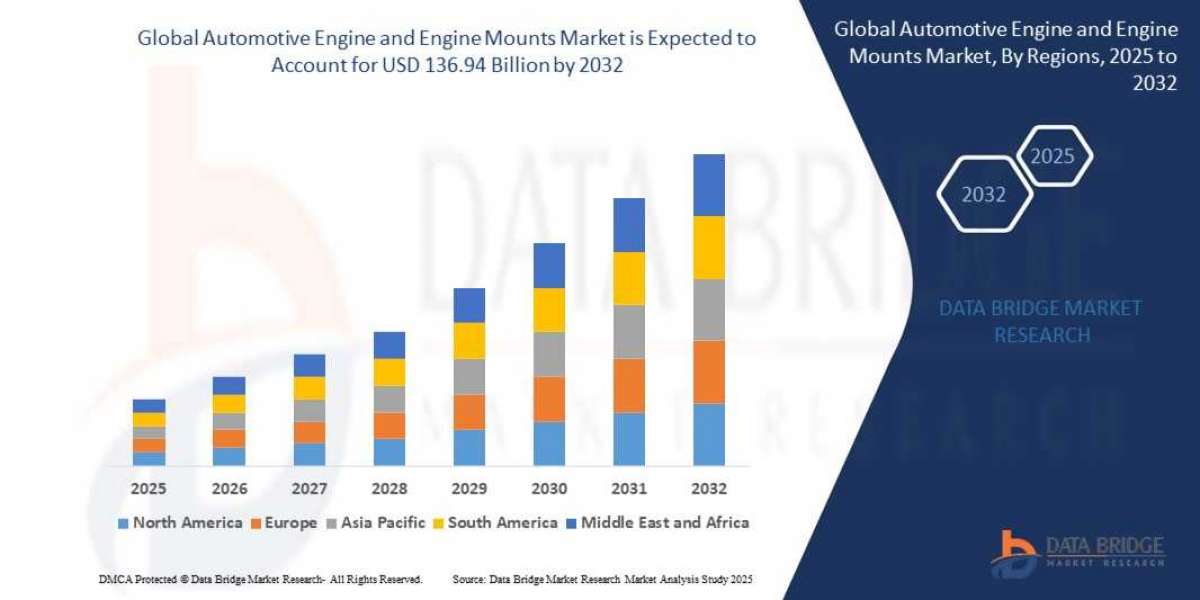The field of veterinary medicine is experiencing a rapid transformation, driven by technological advancements, a growing emphasis on preventive care, and increasing pet humanization. From cutting-edge diagnostics to innovative treatments, animal health is entering a new era of precision and accessibility.
AI and Advanced Diagnostics Lead the Charge:
Artificial intelligence (AI) is rapidly becoming a cornerstone of modern veterinary diagnostics. Companies like Zoetis are leveraging AI in platforms like Vetscan OptiCell™ for automated complete blood count (CBC) analysis and Vetscan Imagyst® for AI-driven urine sediment analysis. These innovations, highlighted in recent reports from May 2025, aim to enhance diagnostic speed and accuracy, ultimately improving patient outcomes.
Beyond blood and urine analysis, AI algorithms are demonstrating superior performance in interpreting medical images like X-rays, MRI, and CT scans, often outperforming human specialists in detecting fractures, tumors, and organ anomalies with greater speed and precision. This trend is expected to free up veterinarians to focus on more complex aspects of patient care.
Gene-Editing and Biologics Offer New Therapeutic Avenues:
Breakthroughs in gene-editing technology are opening new frontiers in disease prevention. In a landmark approval on April 30, 2025, the FDA greenlit a gene-editing technology for swine developed by the Pig Improvement Company (PIC). This innovation aims to make pigs resistant to Porcine Reproductive and Respiratory Syndrome (PRRS), a highly contagious disease with no effective treatment, marking a significant step in sustainable livestock production.
Furthermore, the use of biologics, including monoclonal antibodies (mAbs) and stem cell therapies, is growing exponentially. In March 2025, new approvals and discussions around mAbs for treating conditions like feline hypertrophic cardiomyopathy (HCM) in cats and conditionally approved drugs for acute pancreatitis and non-regenerative anemia in dogs signal a shift towards more targeted and advanced therapies.
Telemedicine and Wearable Tech Revolutionize Care Delivery:
The convenience and reach of telemedicine are expanding rapidly in veterinary practice. Virtual consultations via video calls are becoming a staple, particularly for routine check-ups, post-operative care, and providing access to veterinary expertise in remote areas. This trend, bolstered by the development of dedicated apps and platforms, is making veterinary care more accessible and less stressful for pets and their owners.
Alongside telemedicine, wearable IoT (Internet of Things) devices for pets are gaining traction. Smart collars and vests equipped with sensors can monitor vital signs, activity levels, and even sleep patterns in real-time. If abnormalities are detected, alerts can be sent directly to pet owners and veterinarians, enabling early intervention and proactive health management. This technology is not limited to companion animals, with similar devices being developed for livestock to monitor herd health and optimize farming practices.
India's Veterinary Sector Embraces Modernization:
The Indian veterinary healthcare market is projected for significant growth, with IMARC Group expecting it to reach USD 6.13 Billion by 2033 from USD 2.01 Billion in 2024, exhibiting a CAGR of 12.20% during 2025-2033. This growth is driven by increasing pet adoption, a rising livestock population, and heightened awareness of animal health.
Key trends in India include a growing demand for preventive veterinary care, supported by government initiatives and private investment in diagnostics and vaccinations. Technological advancements in pharmaceuticals and biologics are enhancing treatment options, while the expansion of veterinary infrastructure, including hospitals and mobile units, is improving service accessibility across the nation. Digital platforms and e-commerce are further transforming how veterinary products and services are delivered, especially in rural and semi-urban areas.








